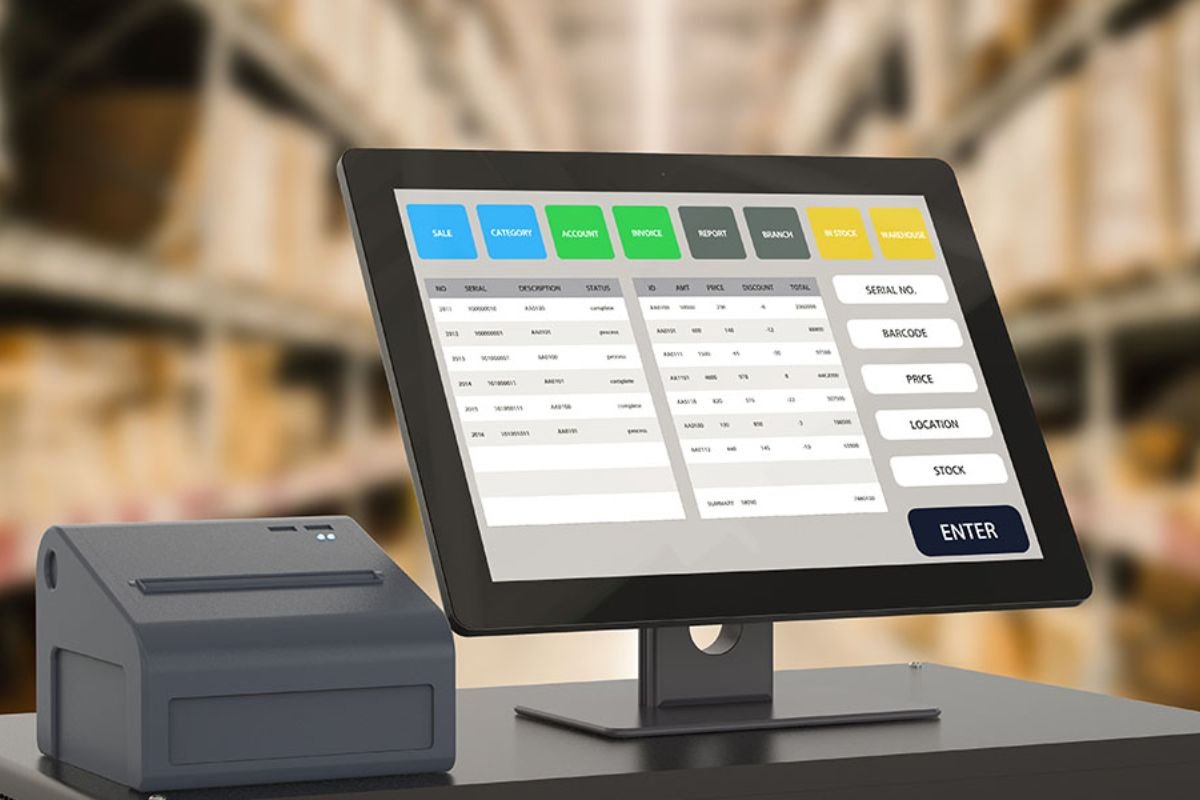Source – indiamart.com
Choosing the Best Wireless Access Point can feel overwhelming, especially with many available options. You want a solution that delivers strong, reliable connectivity without causing headaches down the line. Whether you’re upgrading your home network or setting up a business environment, it’s important to pick something that meets your specific needs.
A good access point, such as the renowned Meraki wireless access point, ensures seamless internet access. It allows all your devices to connect efficiently. Understanding the essential aspects before deciding can help you avoid unnecessary complications. In this article, you’ll discover five key things to consider when Choosing the Best Wireless Access Point for your setup.
1. Coverage Range
When Choosing the Best Wireless Access Point (WAP), the first thing to consider is the coverage range. You need to ensure that the WAP provides sufficient coverage for your entire space, whether it’s for home or business use.
Large areas with multiple walls or obstacles can cause signal disruptions. This means you may require multiple access points to maintain strong, reliable coverage. Consider the layout of your building and the materials used in its construction, as thick walls can weaken Wi-Fi signals.
If you have a larger space, opting for a system that allows multiple access points to work together may be wise. It creates a seamless connection across various areas. This ensures all devices, regardless of location, have access to stable and fast Wi-Fi.
2. Device Compatibility

Another critical factor is ensuring that the access point is compatible with the devices in your network. Modern access points come with various technologies, such as MIMO (Multiple Input, Multiple Output) and Wi-Fi 6, designed to handle numerous devices simultaneously. This feature is particularly beneficial in environments with high traffic, such as offices or homes with multiple smart devices.
3. Speed and Performance
Speed is another crucial element to consider. The performance of an access point is often measured by the maximum speed it can deliver, which is highly dependent on the Wi-Fi protocol it uses. For instance, WAPs that support the 802.11ac protocol can provide speeds of up to 1.3 Gbps, while newer models supporting Wi-Fi 6 offer even faster performance.
Choosing a high-speed access point is essential, especially if you’re streaming video, hosting video conferences, or gaming. Ensuring your WAP can maintain stable speeds under high traffic is critical for uninterrupted connectivity.
4. Security Features

Security is always a top priority when setting up a wireless network. When selecting an access point, look for advanced security features such as WPA3 encryption, which provides stronger protection against unauthorized access. Built-in firewalls, VPN support, and regular firmware updates are also important for keeping your network secure from evolving threats.
5. Management and Scalability
Consider how easy it is to manage and scale your wireless access point system. Many modern WAPs offer cloud-based management platforms that allow you to control and monitor your network from anywhere. This feature is useful for businesses or large properties where remote management simplifies network maintenance.

Scalability is also important if you anticipate expanding your network in the future. Opt for an access point that supports seamless integration with additional units. It allows you to grow your network without requiring a complete overhaul.
Conclusion
Choosing the Best Wireless Access Point involves evaluating various factors to ensure optimal performance. Beyond coverage, speed, and compatibility, choosing a solution that fits your current needs is essential while offering room for future expansion. You can ensure your network remains strong, secure, and adaptable with the right considerations.






